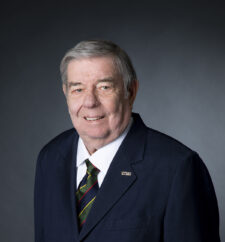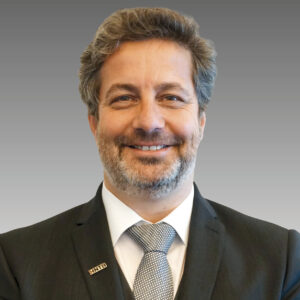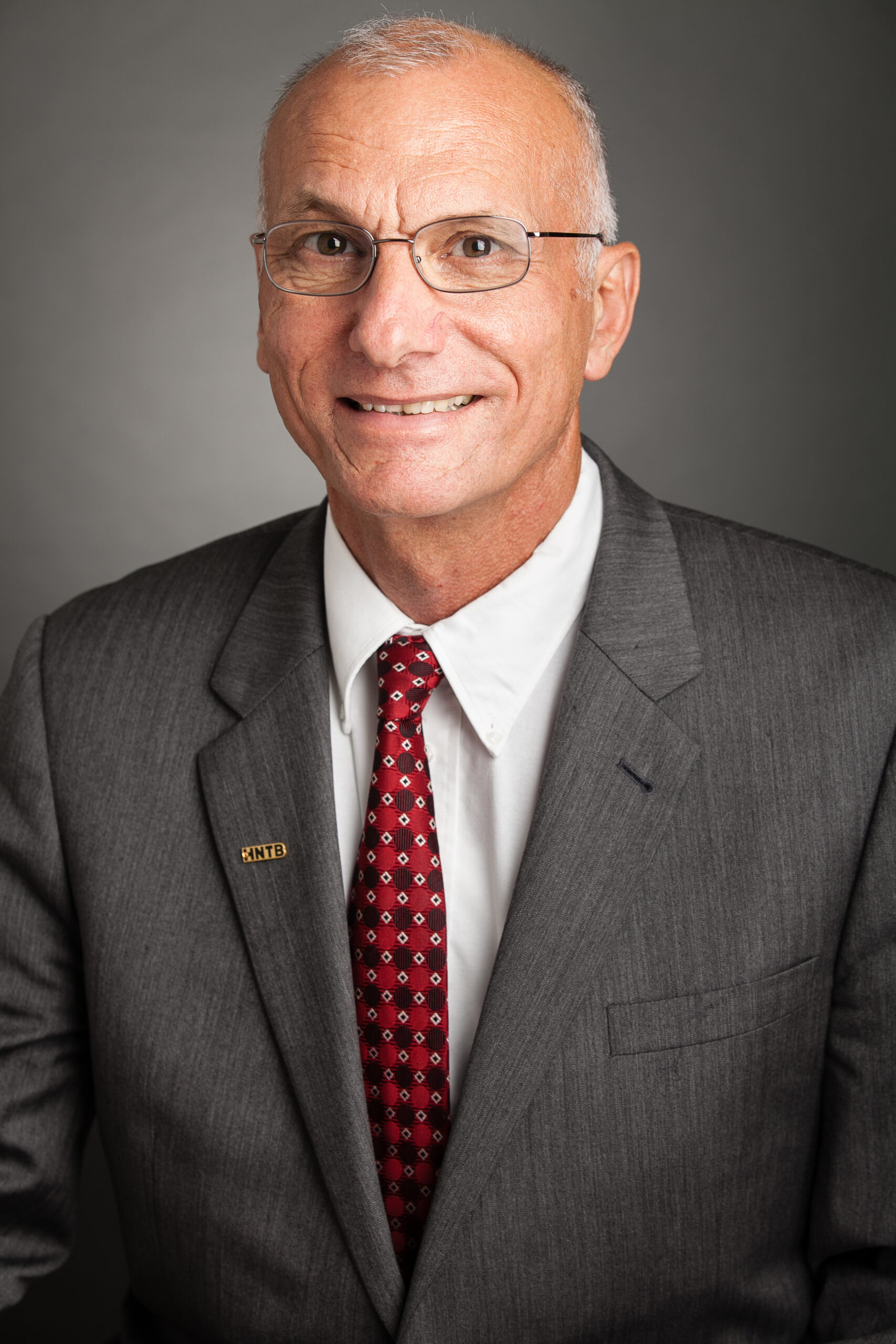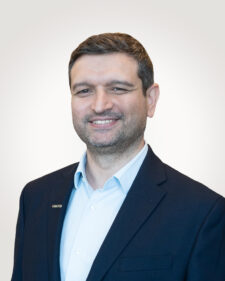
North American Tunneling Conference 2024
The North American Tunneling conference (NAT) is the premier biennial tunneling event for North America, bringing together the brightest, most resourceful and innovative minds in the tunneling and underground construction industry. This four-day conference focuses on the information, advances and projects in North America along with the victories and challenges of working in diverse environments.
Connect with us at exhibit booth 904.
Hourly Schedule
Monday, June 24
- 1:30 p.m. -
- Case Histories: Shaft Excavation, Tunnel Rehabilitation & Challenges
- Chair: Ismail Karatas, HNTB, New York, NY
-
Speakers:
Ismail Karatas
- 2:50 p.m. -
- Tunnel Rehabilitation
- Over the last 25 years the rehabilitation of underground structures and in particular highway and rail tunnels has become an important part of underground engineering. Over that period the author has developed detailed procedures for the inspection and rehabilitation of tunnel structures and their associated systems. Most underground facilities that require rehabilitation in urban areas and are a major element of the infrastructure. The rehabilitation of these facilities requires that the facility be maintained in service during the repair/restoration work. As a result of these requirements, special procedures have been developed to facilitate the inspection, design, and implementation of the repairs. These procedures require the use of specialty products, construction methods, and in most cases prequalification of the contractor. This paper will discuss the procedures used for the inspection, design requirements, and in particular the use of specialty materials, construction practice, and current methodology using case histories to illustrate successful underground rehabilitation projects.
-
Speakers:
Henry Russell
Tuesday, June 25
- 11:20 a.m. -
- Reconnecting Urban Landscapes through Highway Lidding and Tunneling: A Comprehensive Study on Methodologies, Benefits, and Safety Considerations
- Lidding over or tunneling existing transportation infrastructure is currently under review in several U.S. cities. The main reasons for this are the use of the created space for urban development, the reduction of noise and exhaust fumes for the residents, and, thus, a significant increase in the quality of life. The main aspects to be considered during the planning process are (1) total investment and operational costs, (2) impact of construction works on current traffic, (3) safety and fire protection, and (4) socio-environmental issues. The paper presents some basic planning principles, and experiences of recent urban highway coverages are shared.
-
Speakers:
Bernd Hagenah, Katie Theis, Petr Pospisil
- 10:20 a.m. -
- Early Contractor Involvement and Observational Method Supported with Artificial Intelligence for Equitable Risk Management
- Effective risk management in major subsurface projects involves ways to mitigate adverse impacts to final design and construction approaches due to changed subsurface conditions. An Early Contractor Involvement (ECI) collaborated with Observational Method will be an effective contractual tool to address risk developed due to encountering differing site conditions. Observational Method (OM) can further be supported with artificial intelligence (AI) technologies with automated data-driven decision-making features in risk mitigation and implementation of proper design and construction approaches. This paper presents collaborative applications of ECI, OM, machine learning, and risk baselining in risk management and productivity enhancement in tunneling projects.
-
Speakers:
Kumar Bhattarai
- 10:50 a.m. -
- Overcoming Sustainability Challenges for Design and Construction of Urban and Long-Distance Tunnels
- New tunnels of significant alignment lengths such as mountain tunnels, base tunnels, as well as beneath urban centers pose unique environmental challenges. This paper highlights key environmental considerations for planning, design, construction, and operations by sharing lessons-learned from the authors’ extensive project experience on these types of tunnels. Discussion of unique constraints include limited right-of-way, ventilation and emergency egress during the construction phase and revenue service, safety and security, and protection of existing structures. Practical approaches and applied innovative state-of-the-art solutions addressing distinct sustainability challenges and unique requirements are shared from US and international project examples.
-
Speakers:
Bernd Hagenah
- 3:20 p.m. -
- Impact of High-Speed Operation on Tunnel Planning
- This paper explores the profound implications of high-speed train operation on tunnel planning, specifically investigating ongoing high-speed rail projects in California and Texas. The paper delves into the crucial considerations for designing high-speed rail tunnels, including selecting tunnel sections based on aerodynamic factors, which impact traction power requirements and pressure comfort. The paper also examines the need for emergency stations, maintenance access, and comprehensive safety and rescue concepts to address train incidents. Drawing from international high-speed rail projects, it shares valuable experiences and lessons learned to promote efficient and secure tunnel designs for high-speed train operations.
-
Speakers:
Bernd Hagenah, Colin Santangelo, Petr Pospisil
- 3 p.m. -
- Multimodal Machine Learning Technologies in Tunnel Geotechnical Applications
- Applications of machine learning and robotics in the tunneling industry are still nascent. Research and development are ongoing in TBM guidance; prediction of TBM cutter wear and tunneling induced ground deformations; and robotic arms for segment installation, inspection, cleaning, and maintenance of TBM cutting tools. This paper presents a case study of geological profile reconstruction using multimodal machine learning. The results from this study can aid the development and application of multimodal AI technologies to generate data reports and geological profiles in real time, taking voice recordings, photos, or videos obtained directly from the field as inputs.
-
Speakers:
Kumar Bhattarai
Wednesday, June 26
- 9:35 a.m. -
- A 108-in Storm Tunnel Underneath Active Taxiways and Apron at O’Hare International Airport
- The Lower Concourse C Extension (LCE) 108-in Storm Sewer consists of a 2,797-foot long, 27 to 55-foot deep, 108-in I.D. storm sewer tunnel. Situated beneath active taxiways and a terminal apron at O’Hare International Airport (ORD), the tunnel diverts flows from existing storm sewers located within the footprint of a future satellite concourse. The project was delivered via Construction Manager at Risk (CMAR) as part of Chicago Department of Aviation’s (CDA) ongoing O’Hare 21 Capital Program. This paper presents project details, multiple stakeholder coordination, subsurface risks and challenges, TBM performance, and impacts to existing infrastructure.
-
Speakers:
Adam Lamanna, Mark Stephani
- 8:35 a.m. -
- Collapsible Columns to Limit Earth Flow Loading
- Tunnel approach structures situated in slow moving earth flows are subjected to significant earth pressures. The authors have developed a system, utilizing collapsible concrete columns, that limits such loading. The system uses an array of collapsible concrete columns in front of the structure to absorb downslope movement and limit-imposed loads. This concept has been modelled using 3D FEM analyses and a rudimental lab test. For implementation, the collapsible columns would be prefabricated in strengths to mimic the soil strength profile. This concept has merit, and analytical results demonstrate that collapsible columns are a viable means to limit loading.
-
Speakers:
Kenneth Xu, Raymond E. Sandiford, Taehyun Moon





Speakers
-
 Bernd HagenahPractice Consultant
Bernd HagenahPractice Consultant -
 Henry RussellDirector, Tunnel Resilience and Rehabilitation
Henry RussellDirector, Tunnel Resilience and RehabilitationRussell is based in HNTB’s Boston office and brings more than four decades of experience in the design, inspection, evaluation and rehabilitation of tunnels, complex underground structures and deep foundations. He has developed and implemented state-of-the-art investigations and inspection procedures for tunnels of various uses and is a recognized leader in the application of the latest concrete repair methods and materials. In addition, Russell is an internationally recognized expert in the design and implementation of waterproofing systems, fireproofing materials and grouting for underground structures.
-
 Kumar BhattaraiSenior Technical Advisor
Kumar BhattaraiSenior Technical Advisor -
 Mark StephaniPrincipal Engineer - Geotechnical & Tunneling
Mark StephaniPrincipal Engineer - Geotechnical & Tunneling -
 Raymond E. Sandiford
Raymond E. Sandiford






